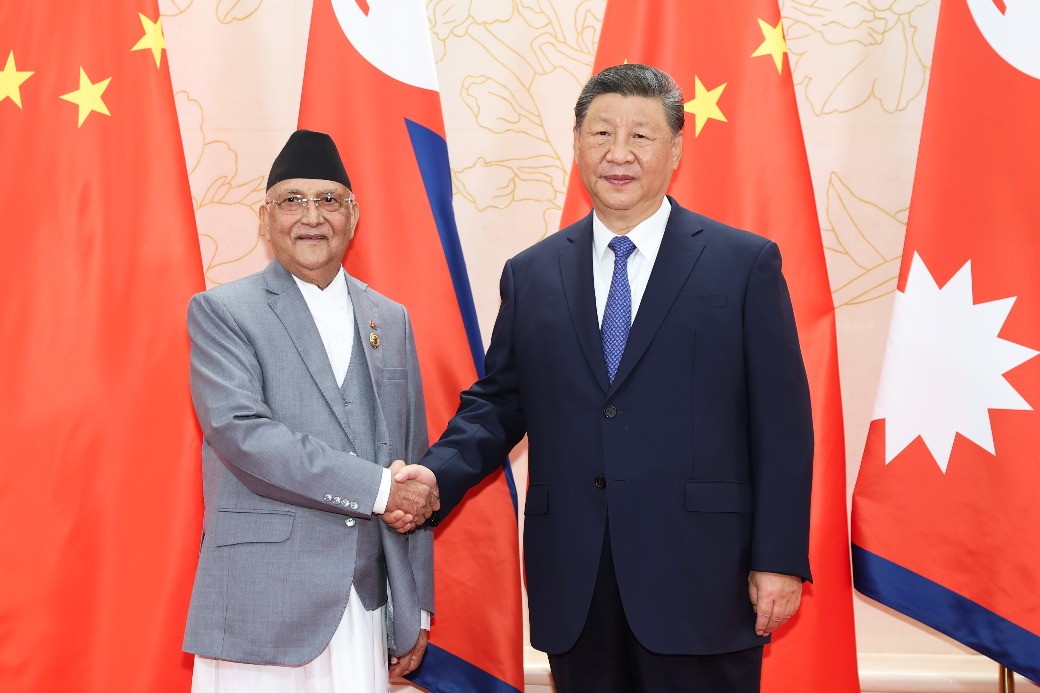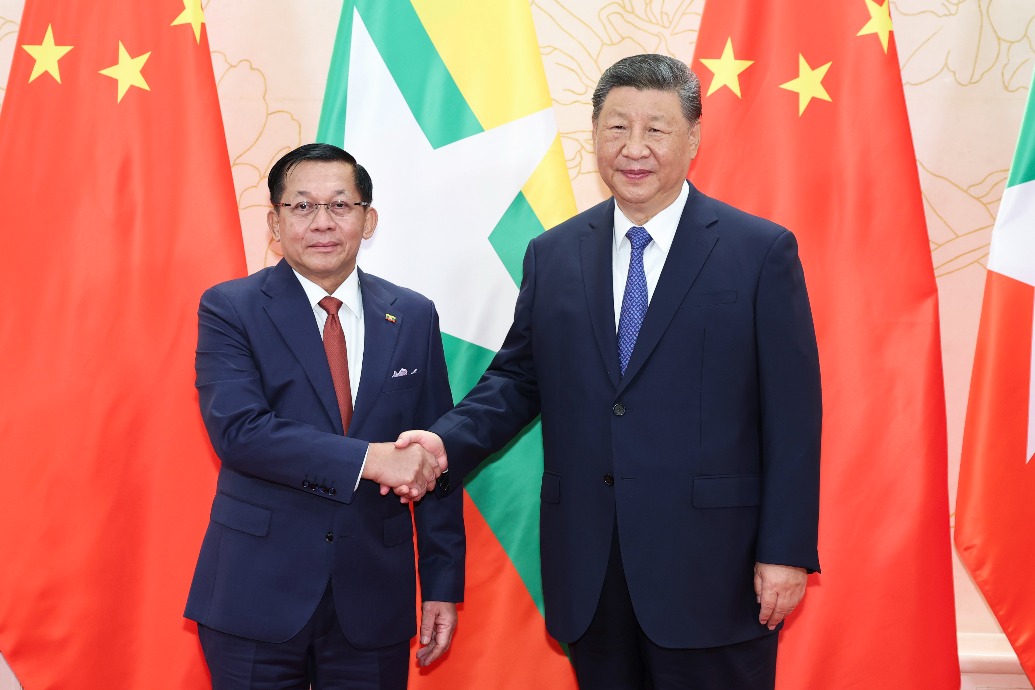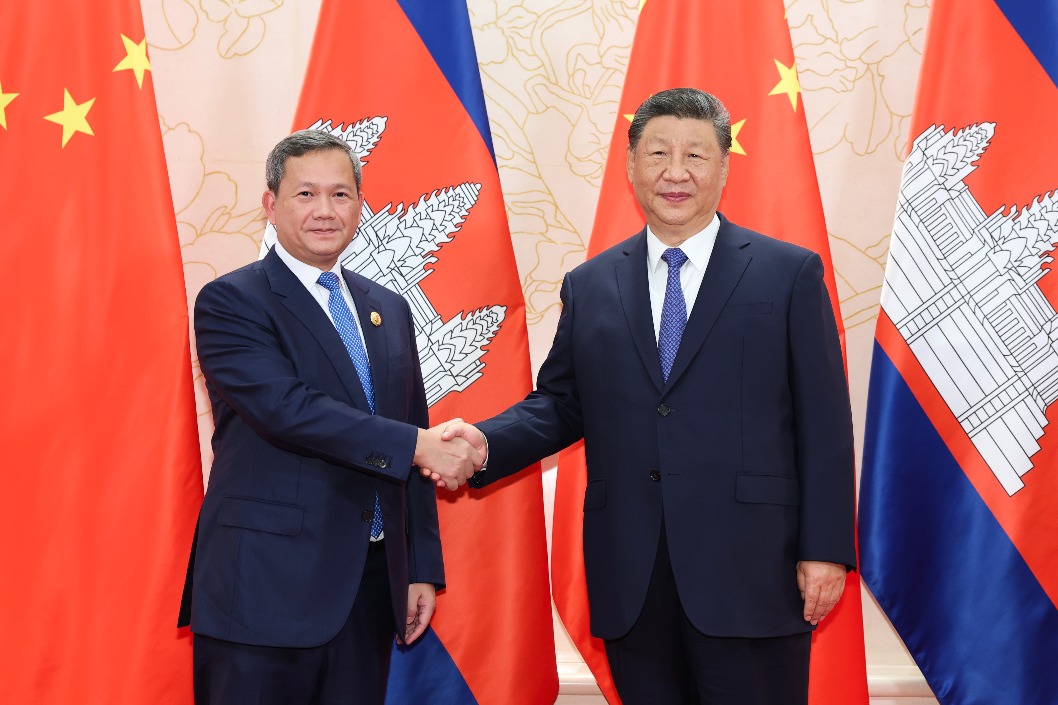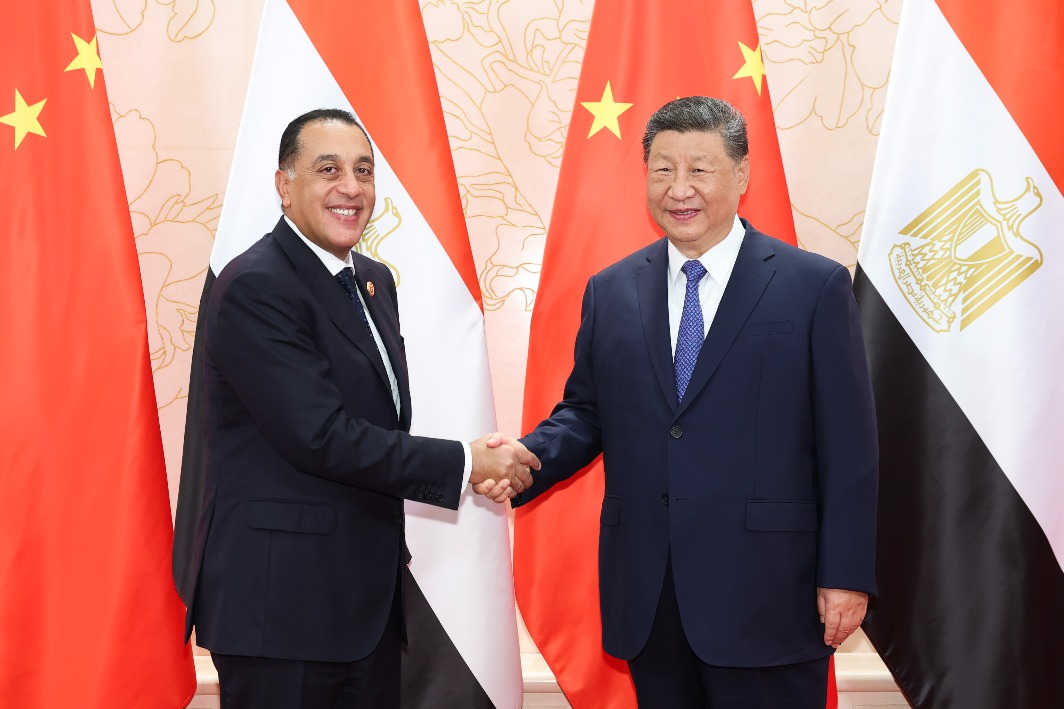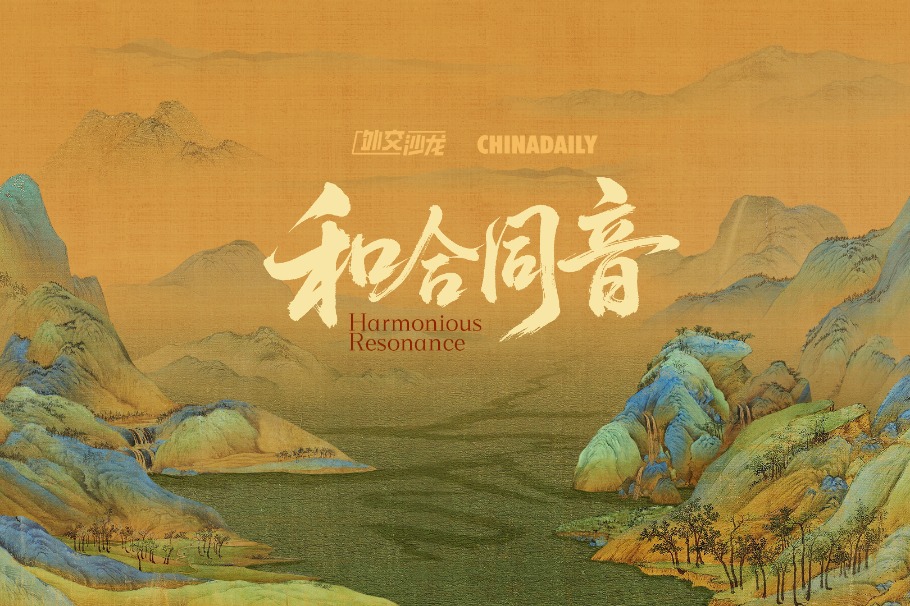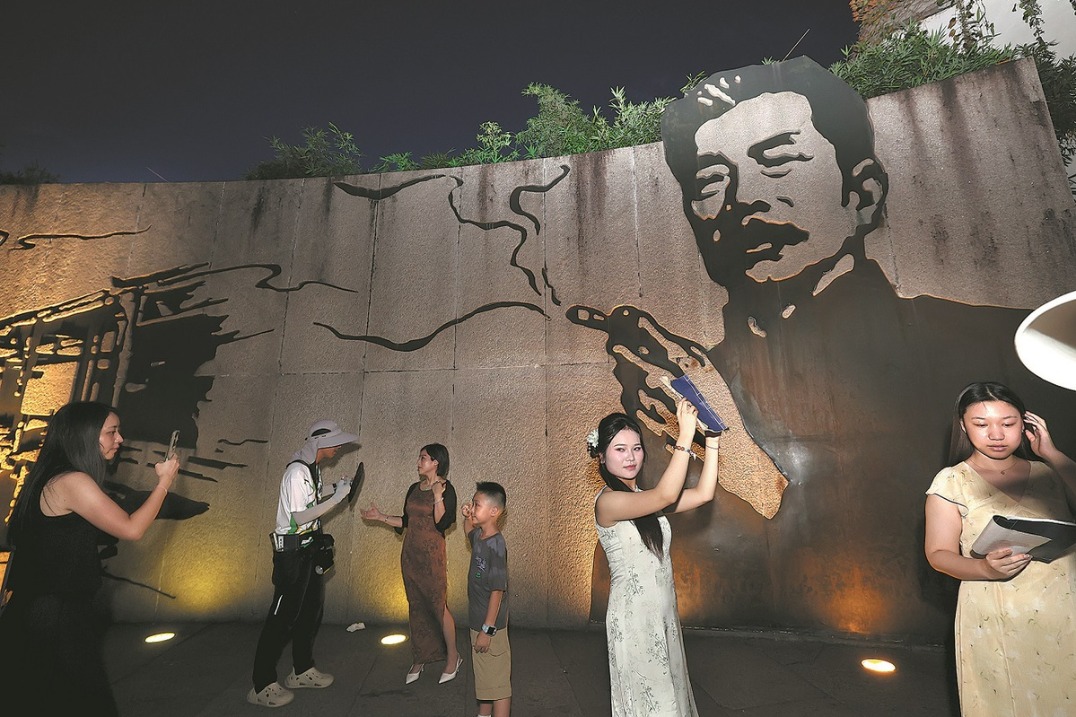THE ART of GIVING
Museum displays a range of ancient paintings from late intellectual Deng Tuo's former collection, Lin Qi reports.

A donation ceremony was held at the National Art Museum of China in July for the addition of just one calligraphy work to its collection.
The work, written on two separate pieces of paper, was created by the late editor-in-chief of People's Daily, Deng Tuo, in 1965. It has verses from a poem by Chairman Mao Zedong.
The donation was made by Deng's family on the sidelines of an ongoing exhibition at the museum in Beijing that shows a selection of Chinese paintings from Deng's former collection.
Deng was well-versed in literature, art and music. He also built a personal collection of classic Chinese paintings, reflecting a fine discernment of the ink art tradition in the country.
Soon after the National Art Museum was opened to the public in 1963, Deng donated more than 140 ancient paintings he had obtained through years to boost the museum's collection and academic research. The donation includes quality works by ancient master painters, which offer a glimpse of the development of art between the Song (960-1279) and Qing (1644-1911) dynasties.
An exhibition dedicated to Deng's donation was held in 2012 to mark the centennial of his birth and his generosity and commitment to preserving Chinese cultural traditions. Selected works from this collection have also been exhibited at group shows to inspire art donations to public museums.
Deng once said he collected art because he loved the country's cultural traditions, and while he owned many artworks, he didn't want to be "a servant" of them, so he donated the personal assembly to the museum.
The current exhibition, An Intellectual's Commitment to Cultural Inheritance, running through Aug 25, gathers more than 70 paintings from Deng's collection. He acquired a large part of the artworks after 1959 when he led a team responsible for the construction of the National Museum of Chinese History, now the National Museum of China in Beijing. The role allowed him an exposure to varied categories of Chinese antiques, including classic paintings and calligraphy works.
Wu Weishan, director of the National Art Museum, says the collection reflects Deng's cultural accumulation and a broad vision of history.
"The works in his donation include, basically, the most important painters and schools of Chinese painting in history, showing the scope and the evolution in the styles and techniques of Chinese art," he says.
Wu says the collection also offers clues to the development of literati painting, featuring those renowned intellectual-painter collectives such as "the four masters of the Yuan Dynasty (1271-1368)", the Wumen (Suzhou and neighboring areas) school and the Yangzhou school.
Literati painting, or wenrenhua, was an integral part of the system of Chinese painting. It was viewed as an ideal form of expression among scholar-painters, who, when depicting natural elements, prioritized a reflection of individual erudition and alter ego over the subjects' physical attractiveness.
"Deng's collection shows his interest was not only collecting but also authenticating and appreciation, which is essential to the commitment of a scholar-collector in Chinese cultural traditions," Wu adds.
Paintings depicting bamboos and rocks constitute an important part of Deng's donation.
Ancient Chinese valued the harmonious coexistence of humans and nature. Intellectuals imbued objects from nature with fine moral qualities, which they expressed in literature and art, for example in literati paintings.
A section at the ongoing exhibition is dedicated to the paintings of bamboos and rocks, the two subjects of rich symbolic meaning.
Bai Juyi, a preeminent Tang Dynasty (618-907) poet and statesman, once said that bamboo represented integrity, honesty and firmness. He also said that the rock was like "a friend who can't talk but is righteous, frank and wise".
His praise inspired generations of artists to draw bamboos and rocks together as a way to hail high morality. A leading figure in this trend was Su Shi, a noted Song Dynasty scholar, politician and artist, who pioneered literati painting and said that he couldn't live without bamboos for even one day.
Very few paintings attributed to Su have been found, but one has been Bamboos and Rocks which is on show at the current exhibition.
Mi Fu, the painter who, like Su, is deemed one of "the four masters of the Song Dynasty", said that the hard lines in the painting revealed Su's depression at the time.
A monochromatic ink work of rarity, Bamboos and Rocks bears long commentaries by artists, critics and collectors, reflecting their admiration of Su.
The painting was presented to a panel of prominent experts, including Xin Zhiliu, Qi Gong and Xu Bangda, for authentication of important classic Chinese paintings in the early 1960s. It received divided opinion on whether it was a genuine work of Su, and Deng collected it despite the mixed views.
The uncertainties surrounding the painting have inspired more interest among people who are likely to visit the show for a view of it.
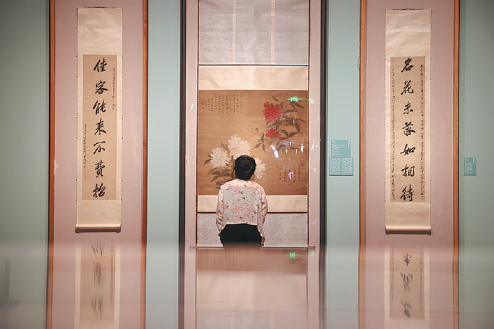
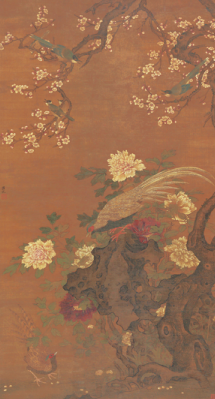



Today's Top News
- Xi says China, Kazakhstan reliable partners for each other
- Xi meets Nepali prime minister
- Xi meets Cambodian prime minister
- Xi meets Egyptian prime minister
- Xi says China always a trustworthy partner of UN
- China calls for closer US dialogue to strengthen economic ties
















